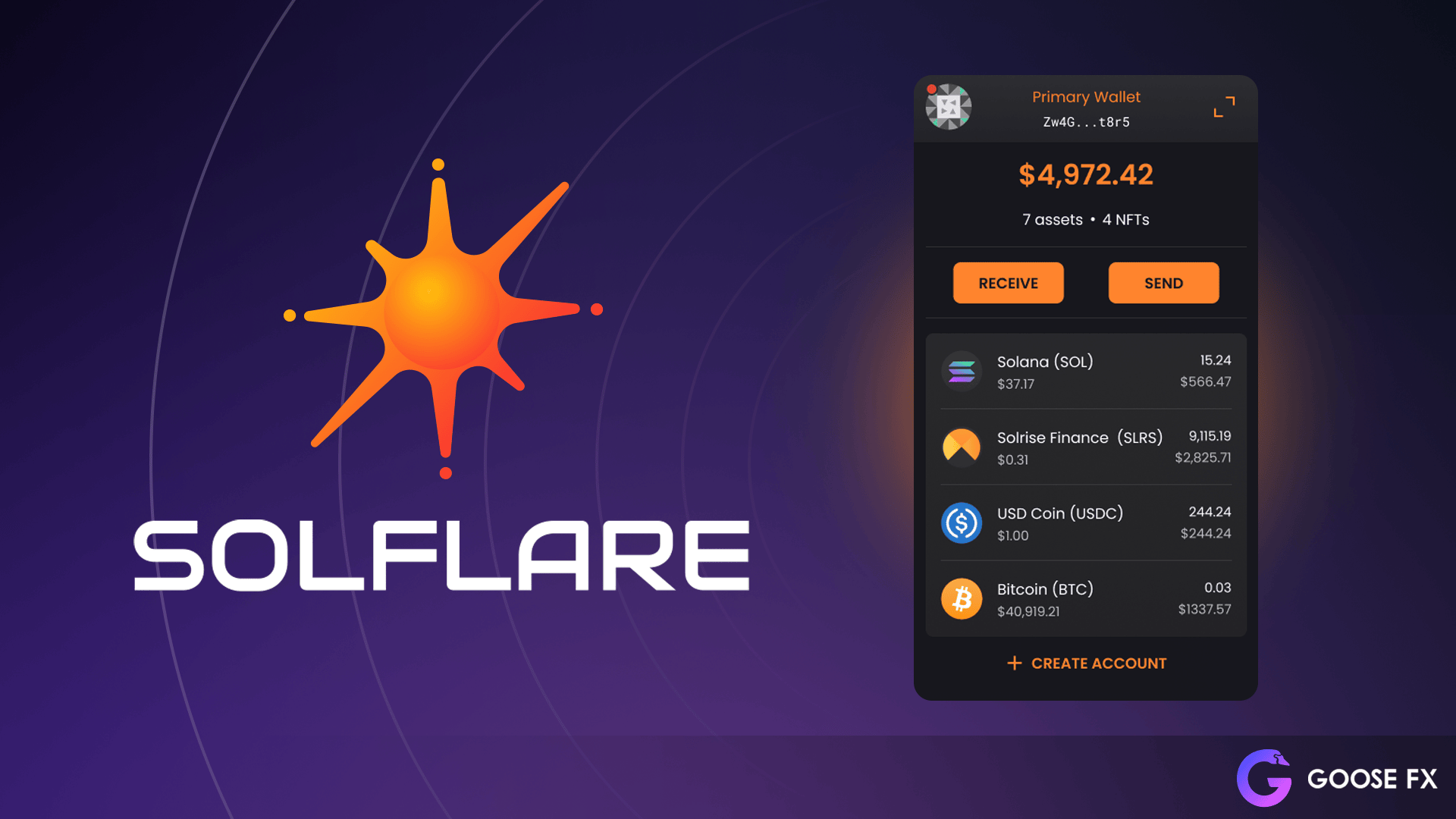So I was thinking about how many folks jump headfirst into Solana staking without really knowing who they’re entrusting their tokens to. Seriously? It’s like handing your cash to a stranger on the street and hoping for the best. Wow! Choosing a validator isn’t just a checkbox on your crypto to-do list—it’s a decision that can affect your rewards, security, and even the network health. But hey, it’s not all doom and gloom. There’s a way to navigate this maze without losing your mind or your coins.
Initially, I thought picking a validator was just about who offers the highest returns. But then I realized the story’s way more nuanced. Validators differ in uptime, community reputation, commission rates, and their commitment to decentralization. It’s not just numbers; it’s values and trust mixed with tech. On one hand, you want rewards, but on the other hand, slashing risks and network stability matter too. Hmm… that’s where things get interesting.
Oh, and by the way, if you’re juggling multiple stakes or diving into DeFi on Solana, you’ll want a wallet that doesn’t make your head spin. Managing your portfolio, tracking rewards, and switching validators should be smooth. Not every wallet gets this right. I’m biased, but I’ve been playing around with Solflare lately, and man, it nails the balance between user-friendly and powerful features.
Here’s what bugs me about some wallets—they either look too basic or overwhelm you with cryptic data. Solflare, on the other hand, offers a nice dashboard that lays out your staking portfolio clearly. You can monitor validator performance, track your rewards in real-time, and even get alerts if a validator’s behavior changes unexpectedly. That level of transparency? Priceless.
Really? Yeah, because staking isn’t a “set it and forget it” deal. Validators occasionally get penalized or take downtime, which can nibble at your rewards or even your principal. Watching your portfolio through a good Solana wallet lets you react fast—redelegate if needed, or spot trends you wouldn’t catch otherwise. Trust me, I’ve learned this the hard way.


Validator Selection: More Than Just a Numbers Game
Okay, so check this out—when you’re sifting through validators, don’t just eyeball the APY. Validators with suspiciously high returns might be taking shortcuts or aren’t fully transparent. Something felt off about a validator I once chose solely for their rewards. Their commission was low, but their uptime was shaky. My instinct said “move on,” but I stuck with them for a bit. Big mistake.
On the flip side, some validators champion decentralization and community engagement, even if their returns are slightly lower. This is a trade-off I’m personally willing to make. Why? Because supporting the health of the network benefits everyone in the long run. Plus, a validator with solid uptime and a track record of no slashing incidents keeps your stake safer. It’s like choosing a mechanic for your car—you want someone reliable, not just the cheapest.
And, here’s a nugget: many wallets, including Solflare, provide detailed validator profiles. You can peek into their performance stats, commission history, and even community reviews. This transparency makes the decision less about guesswork and more about informed choices. Honestly, I wish I had this info when I first started.
Now, I’m not saying you have to vet every validator like a detective, but investing a bit of time upfront can save headaches later. Also, diversifying your stake across multiple validators can spread risk—a little like not putting all your eggs in one basket. Though actually, this can get complicated if you’re tracking rewards manually. That’s where integrated portfolio tracking shines.
Why Portfolio Tracking Matters and How the Right Wallet Helps
Managing your Solana staking portfolio without a good tracker is like trying to navigate NYC subway without a map. You might get there, but it’s gonna be frustrating. I remember juggling multiple stakes across validators and hunting through block explorers to see my rewards—tedious and error-prone. Seriously, who has time for that?
Solflare’s portfolio tracking feature changed the game for me. It consolidates your staking positions, shows accrued rewards, and even alerts you when validators’ statuses change. This real-time insight means you can make quick decisions—redelegate, claim rewards, or adjust your strategy. Plus, the interface is clean and intuitive, which is huge for folks who aren’t hardcore coders.
Something else that surprised me: Solflare supports direct interaction with staking pools and DeFi protocols within the Solana ecosystem. This integration lets you maximize your capital efficiency without hopping between multiple apps. It’s like having your financial cockpit in one place. My first impression was skepticism about security, but after digging into their open-source audits and community feedback, I felt comfortable enough to trust them.
And speaking of trust, the wallet’s security features are solid. From encrypted key storage to hardware wallet support, it ticks the boxes for anyone serious about protecting their assets. For me, this was a dealbreaker—no way I’m risking my tokens on a clunky or insecure wallet.
By the way, if you’re ready to explore this yourself, the solflare download page is your go-to spot. It’s straightforward, no fluff, and you get the latest version tailored for your device.
Balancing Convenience and Security: The Wallet Conundrum
Here’s the thing. Wallets that are super easy to use sometimes skimp on security, and those that are rock-solid can be a pain to navigate. Finding that sweet spot feels like chasing a unicorn. Solflare does a pretty good job balancing both, but nothing’s perfect.
I’ll be honest—sometimes I wish they’d streamline staking delegation without so many confirmation steps. But on the other hand, those extra clicks probably save me from dumb mistakes. The wallet also regularly updates to patch vulnerabilities, which is comforting. Just remember, no wallet can protect you if you don’t practice good habits—like backing up your seed phrase and avoiding phishing scams.
One minor gripe: the mobile app occasionally lags during peak network congestion, which can be annoying when you’re trying to act fast. I suspect this is more about Solana’s network scaling growing pains than the wallet itself, though. Still, something to keep in mind.
All in all, if you’re staking or diving into Solana DeFi, choosing your validator wisely and tracking your portfolio with a reliable wallet like Solflare is very very important. It’s not just about earnings, but peace of mind.
So yeah, the crypto world can be wild, but a bit of due diligence goes a long way. And if you ever feel overwhelmed, you’re definitely not alone.
Quick FAQs on Validators and Wallets
How do I pick a trustworthy Solana validator?
Look beyond APY; check uptime, commission, slashing history, and community reputation. Use wallet tools like Solflare that provide detailed validator profiles to make informed decisions.
Can I stake with multiple validators to reduce risk?
Yes, diversifying your stake can spread risk, but remember it adds complexity to tracking rewards. Wallets with portfolio tracking features help manage this effectively.
Is Solflare safe for staking and DeFi on Solana?
Solflare offers strong security features, including encrypted key storage and hardware wallet compatibility. It’s widely trusted in the Solana community, but always practice good personal security habits.
Where can I get the official Solflare wallet?
You can find the authentic and latest version at the solflare download page to ensure you’re not using a phishing or scam app.










